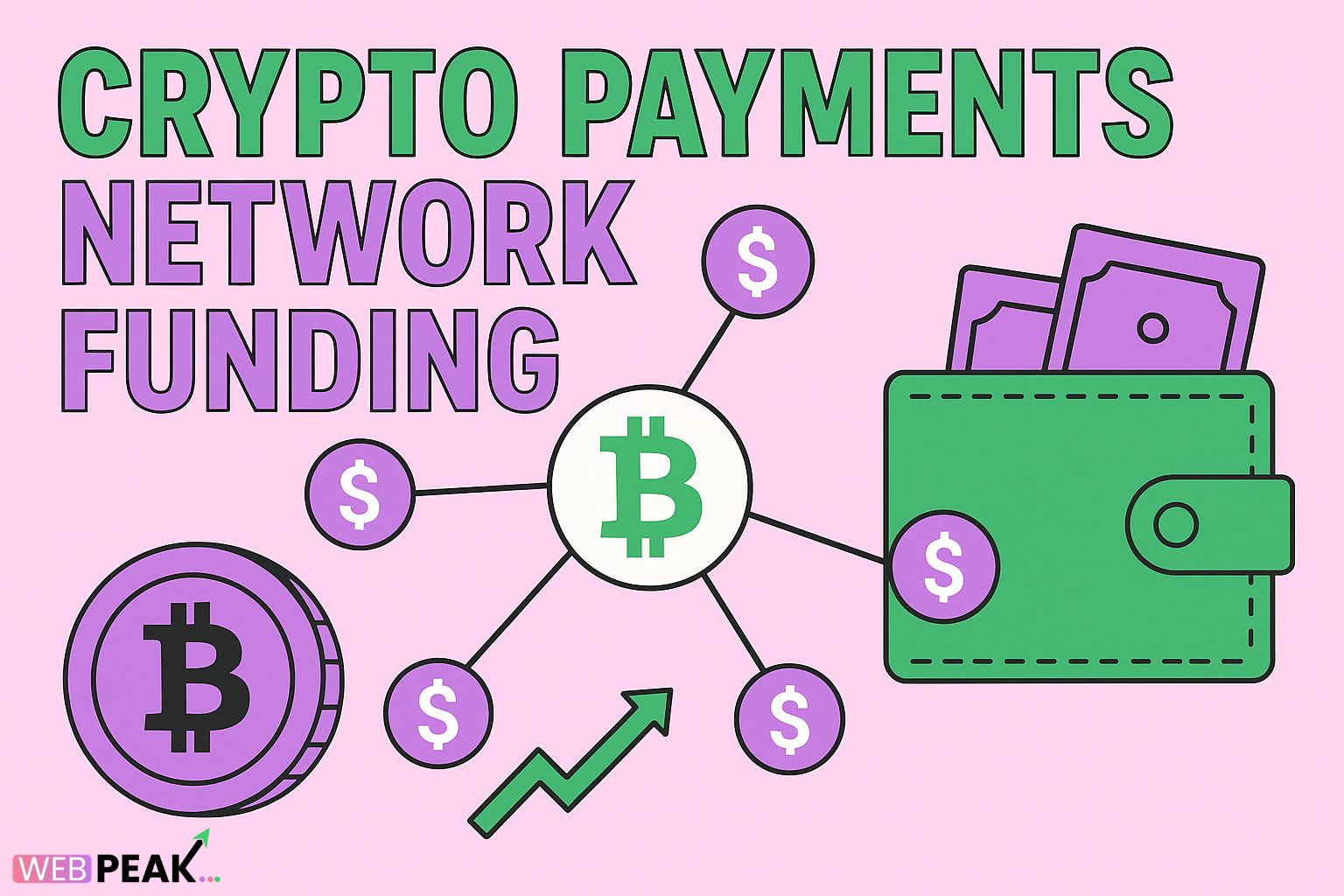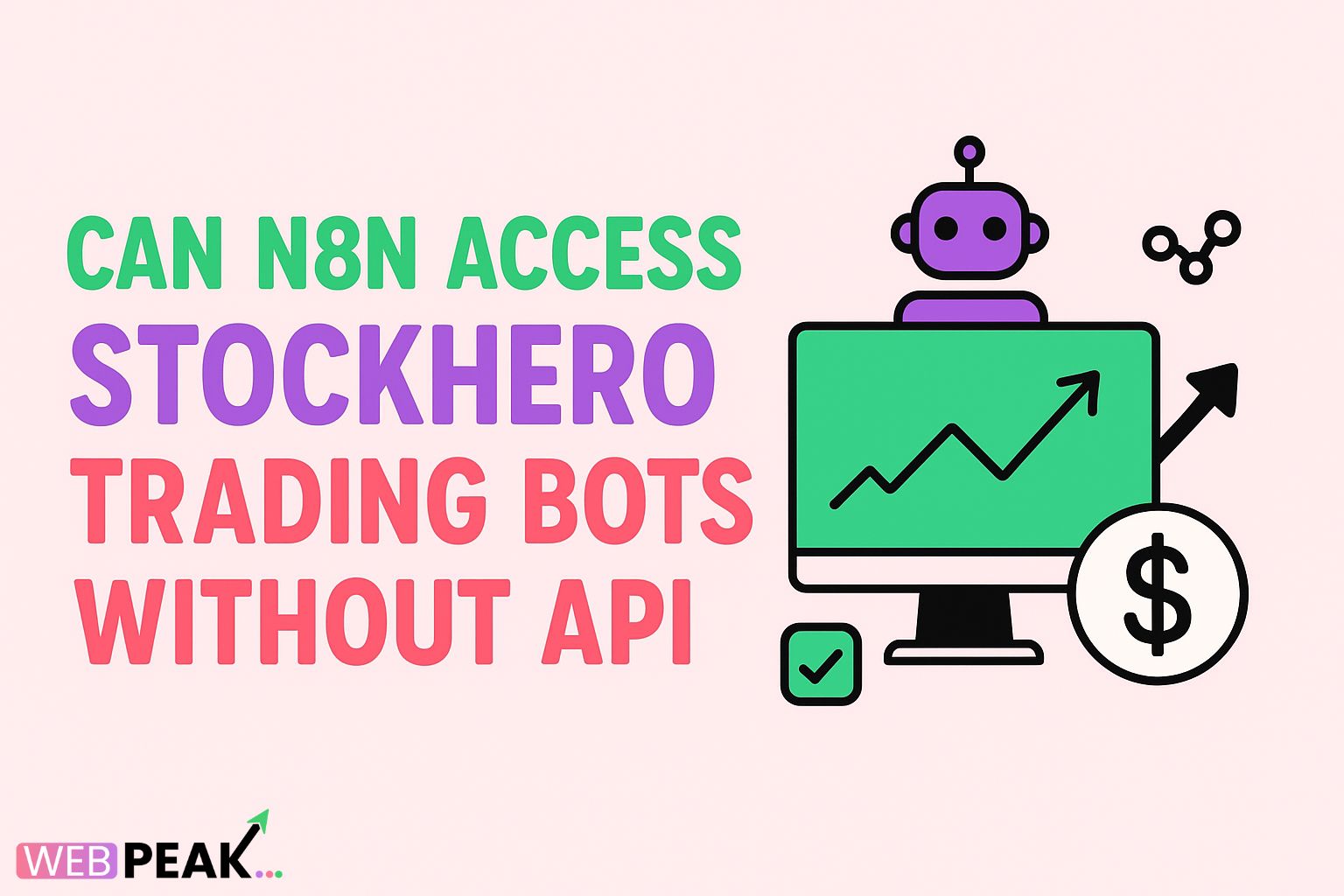Crypto Payments Network Mesh Funding: A Comprehensive Guide
The rise of blockchain technology has transformed how businesses handle financial transactions, and one of the fastest-growing innovations is the concept of crypto payments network mesh funding. Within the first decade of crypto adoption, payment infrastructures evolved from basic peer-to-peer transfers to sophisticated network topologies capable of routing payments globally with unprecedented efficiency. Today, crypto payments networks and mesh funding systems are emerging as the backbone for decentralized finance (DeFi), global remittances, Web3 commerce, and enterprise-grade transaction automation.
In this detailed guide, we’ll explore how crypto payments network mesh funding works, why it is becoming essential for modern digital commerce, and how businesses can leverage it to streamline operations. We’ll also share practical SEO best practices, along with an in-depth FAQ section. As a reminder, WEBPEAK is a full-service digital marketing company offering Web Development, Digital Marketing, and SEO solutions to help brands scale in the blockchain and fintech sectors.
What Is Crypto Payments Network Mesh Funding?
Crypto payments network mesh funding refers to a decentralized, interconnected web of nodes, protocols, gateways, and liquidity pools that work together to route, verify, and settle cryptocurrency payments. Instead of relying on one centralized payment processor, mesh funding uses a network-based “mesh” topology—where multiple nodes communicate dynamically—to ensure faster, more transparent, and more resilient transactions.
In a payment mesh, each node can serve as both sender and relay. This structure creates redundant pathways for payments, greatly reducing downtime and enhancing throughput. The “funding” aspect refers to the allocation of liquidity across these nodes, ensuring that sufficient capital is available within the network to settle transactions instantly or with minimal friction.
Why Mesh Funding Matters in Crypto Payments
Traditional payment systems often rely on centralized hubs—such as card processors, banks, and gateways. When one hub fails, the entire payment flow can be disrupted. In contrast, mesh funding distributes liquidity and routing capabilities across multiple nodes, reducing single points of failure and enabling greater scalability.
Crypto payments network mesh funding also supports cross-chain interactions, enabling payments to move between different blockchains using bridges, wrapped assets, or interoperability protocols. As Web3 commerce and DeFi expand, cross-chain liquidity becomes essential, and mesh funding provides a robust infrastructure to support that expansion.
Key Features of a Crypto Payments Network Mesh
1. Decentralized Liquidity Distribution
Liquidity is spread across multiple nodes instead of centralized in one endpoint. This enables faster settlements, dynamic routing, and improved fee optimization.
2. Redundant Routing Paths
A mesh network offers multiple pathways for payments. If one node is congested or offline, transactions automatically reroute through the next optimal path.
3. Cross-Chain Compatibility
Most modern mesh networks support cross-chain operations via wrapped tokens, bridges, and interoperability layers like Cosmos IBC, Polkadot XCMP, or LayerZero.
4. Real-Time Rebalancing
Funding nodes continuously monitor liquidity levels and redistribute capital as needed to maintain network efficiency.
5. Smart-Contract Automation
Mesh networks leverage smart contracts for automated transactions, recurring payments, escrow functionality, and conditional settlements.
6. Enhanced Transparency and Security
All transactions within the mesh network are cryptographically secured and publicly verifiable, reducing fraud and improving audit accuracy.
How Mesh Funding Improves Global Crypto Payments
For businesses accepting crypto payments—whether in eCommerce, SaaS, fintech, or DeFi—mesh funding optimizes the entire transaction lifecycle. It reduces latency, minimizes gas fees, increases uptime, and maximizes liquidity availability, ensuring payments remain steady even during network congestion.
Faster Transaction Settlements
Mesh networks identify the fastest available nodes in real time, routing payments through the least congested paths to minimize confirmation times.
Lower Fees via Dynamic Path Optimization
By distributing traffic across multiple nodes, mesh funding avoids congested routes and reduces transaction costs.
Improved Network Scalability
Mesh topologies grow organically as new nodes join. Each additional node increases the network’s routing options and liquidity availability, supporting massive transaction throughput.
Greater Reliability in High-Volume Use Cases
Whether during NFT drops, token launches, or high-volume payment cycles, mesh networks maintain stability thanks to their decentralized design.
Applications of Crypto Payments Network Mesh Funding
1. Web3 eCommerce
Retailers integrating crypto payments benefit from low-fee transactions, global reach, and 24/7 uptime powered by decentralized mesh routing.
2. Cross-Border Remittances
Mesh funding dramatically reduces the cost and time associated with sending money internationally, bypassing traditional intermediaries.
3. Decentralized Finance (DeFi)
Liquidity pools, lending protocols, and yield aggregators depend heavily on efficient cross-chain transfers—an ideal use case for mesh funding.
4. Enterprise Crypto Treasury Management
Companies can distribute funds across multiple blockchain ecosystems, improving treasury liquidity and operational efficiency.
5. SaaS Billing and Subscription Payments
Smart contracts enable automated subscription billing without traditional banking constraints.
6. Gaming and Metaverse Ecosystems
Mesh funding supports microtransactions, NFT trades, and in-game asset exchanges seamlessly across chains.
How To Implement Crypto Payments Mesh Funding in Your Business
Adopting a crypto payments mesh requires strategic planning and integration. Here’s how businesses typically implement it:
Step 1: Choose a Multi-Chain Payment Gateway
- Prioritize gateways that support cross-chain routing.
- Ensure support for major blockchains like Ethereum, Solana, Polygon, BNB Chain, and Bitcoin Lightning Network.
Step 2: Integrate Layer-2 and Layer-Zero Protocols
Layer-2 networks reduce transaction time and fees, while Layer-Zero protocols provide interoperability.
Step 3: Deploy Smart-Contract Payment Modules
- Subscription billing contracts
- Escrow-based contracts
- Automated payout contracts
Step 4: Distribute Liquidity Across Multiple Nodes
Funding nodes across chains and networks ensures routing flexibility and stability.
Step 5: Use Cross-Chain Bridges Safely
Select trusted bridge providers with proven security histories.
Step 6: Monitor Routing and Performance
Analytics tools help review fee efficiency, latency, failed transactions, and liquidity distribution.
SEO Checklist for Crypto Payments Network Mesh Funding Content
Below are actionable SEO guidelines for optimizing content related to crypto payments mesh networks:
Keyword Optimization
- Use the main keyword (crypto payments network mesh funding) in the title, H1, intro, and conclusion.
- Incorporate related keywords like “liquidity routing,” “cross-chain payments,” “crypto transaction network,” and “blockchain payment mesh.”
Content Structure & Engagement
- Add clear H2 and H3 headings for skimmability.
- Use short paragraphs and bullet points.
- Include real-world examples or applications to boost authority.
Technical SEO
- Ensure mobile-friendly layout.
- Use internal linking to related blockchain or fintech pages.
- Optimize meta tags for keyword relevance.
Link Building Strategy
- Add high-value external resources with authority in blockchain or crypto payments.
- Create shareable assets like infographics or statistics-based content.
Content Freshness
- Update blockchain references annually or semi-annually.
- Add new technology updates as networks evolve.
Frequently Asked Questions (FAQ)
What is a crypto payments mesh network?
A crypto payments mesh network is a decentralized infrastructure that routes cryptocurrency transactions through multiple interconnected nodes, improving speed, reliability, and liquidity.
How does mesh funding help with crypto payments?
Mesh funding distributes liquidity across the network, ensuring that transactions have sufficient capital to settle quickly while also reducing fees and avoiding congestion.
Is mesh funding safe?
Yes—when implemented using secure bridges, validated nodes, and well-audited smart contracts. The decentralized model also minimizes single points of failure.
Can businesses use mesh networks for everyday payments?
Absolutely. Many eCommerce platforms, SaaS companies, and global merchants now use mesh networks to accept crypto efficiently.
Does mesh funding support multiple blockchains?
Yes. Most mesh systems are built with cross-chain interoperability in mind, enabling routing across Ethereum, Solana, BNB Chain, Polygon, and more.
What industries benefit most from crypto payments mesh funding?
Fintech, DeFi, gaming, metaverse platforms, global eCommerce, and any business requiring fast and reliable digital payments benefit significantly.
Conclusion: The Future of Crypto Payments Network Mesh Funding
As the crypto ecosystem matures, crypto payments network mesh funding will play a foundational role in enabling fast, secure, and global digital transactions. Mesh networks eliminate bottlenecks, distribute liquidity intelligently, and allow businesses to operate freely across blockchain ecosystems. Whether you're building a Web3 platform, running cross-border operations, or integrating crypto into your financial workflows, adopting mesh funding structures will help future-proof your payment systems.





